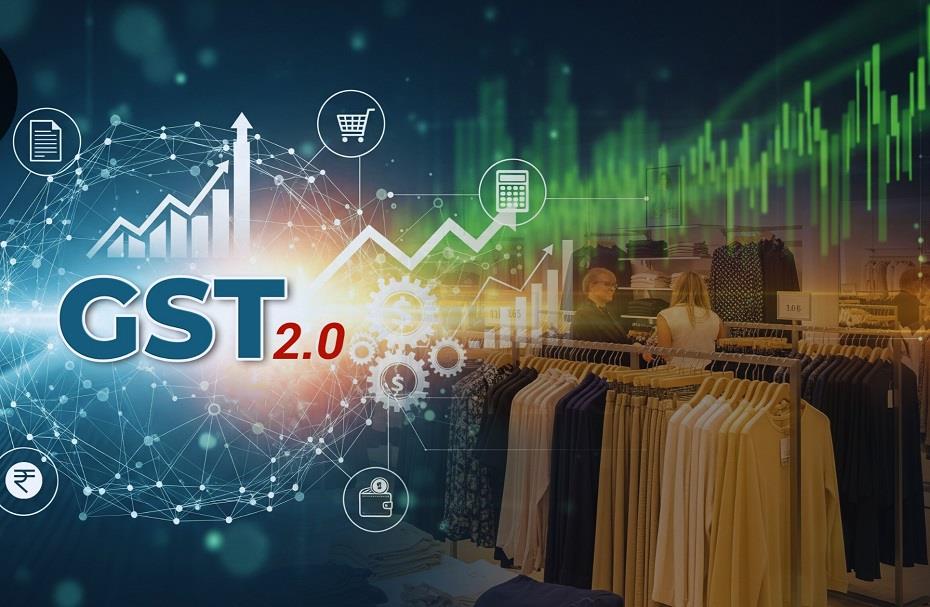
GST 2.0 And Kashmir's Second Chance At Growth
Representational photo
By Khalid Mustafa
When India launched the Goods and Services Tax (GST) in 2017, the promise was bold: one tax to replace the messy patchwork of levies that burdened businesses and confused consumers.
It was marketed as a historic simplification, a single umbrella that would bring order to chaos.
What arrived instead was a jungle of slabs, cesses, and compliance struggles. The spirit was right, but the execution left small traders overwhelmed and customers disillusioned.
Eight years later, the government has returned with what it calls GST 2.0. Unlike earlier tweaks, this one feels like a full reset.
By 2025, the tax landscape has been reshaped into something far simpler. Instead of five rates and a string of hidden surcharges, most products now fall under two slabs: 5 percent and 18 percent. Luxury goods stand at a flat 40 percent.
Gone are the compensation cesses that once turned car purchases into ransom notes. For businesses, the paperwork is lighter, and for consumers, prices are easier to understand.
On paper, the change looks neat and efficient. The real test, though, is in places like Jammu and Kashmir, where the economy leans on two sectors, automobiles and tourism, that are deeply sensitive to tax shifts.

Legal Disclaimer:
MENAFN provides the
information “as is” without warranty of any kind. We do not accept
any responsibility or liability for the accuracy, content, images,
videos, licenses, completeness, legality, or reliability of the information
contained in this article. If you have any complaints or copyright
issues related to this article, kindly contact the provider above.
Most popular stories
Market Research

- New Cryptocurrency Mutuum Finance (MUTM) Raises $15.8M As Phase 6 Reaches 40%
- Noveba Brings Apple Pay To Customers
- Mutuum Finance (MUTM) Approaches Next Phase With 14.3% Price Increase After Raising $16 Million
- Cregis And Kucoin Host Institutional Web3 Forum Discussing Industry Trends And Opportunities
- Primexbt Expands Crypto Futures With 101 New Coins, Delivering Best-In-Class Trading Conditions
- BTCC Exchange Announces Triple Global Workforce Expansion At TOKEN2049 Singapore To Power Web3 Evolution




















Comments
No comment